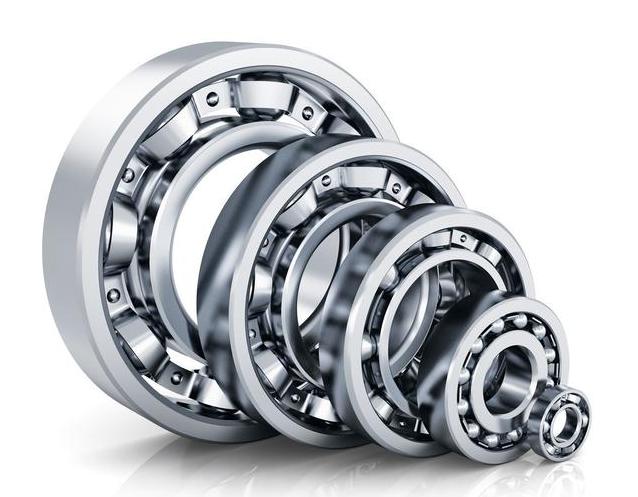
In the intricate machinery of industrial processes, the choice between Reducer and traditional bearings is a fundamental decision that profoundly influences performance and efficiency. Both components play crucial roles in power transmission, yet they differ significantly in their design, functions, and applications. This article delves into a detailed analysis, unraveling the distinctions between Reducer and traditional bearings to provide a comprehensive understanding of their unique characteristics.
**1. Basic Operating Principles:
-
Reducer: Reducer are mechanical devices designed to modify the speed, torque, and direction of rotating shafts. They consist of gears arranged in a specific configuration, such as spur gears, helical gears, or planetary gears. The interaction of these gears facilitates the transmission of power and motion between shafts, allowing for speed reduction or amplification.
-
Traditional Bearings: Traditional bearings, on the other hand, are components that support and reduce friction between moving parts within a machine. They come in various types, including ball bearings, roller bearings, and plain bearings. The primary function of bearings is to allow smooth rotation or linear motion while minimizing frictional resistance.
**2. Speed and Torque Modification:
-
Reducer: One of the key distinctions of Reducer is their ability to modify speed and torque. By utilizing different gear ratios, Reducer can increase torque with a corresponding decrease in speed or vice versa. This feature is crucial in applications where the speed and power requirements of the machinery need to be finely tuned.
-
Traditional Bearings: Traditional bearings primarily focus on reducing friction to facilitate smooth motion. While they contribute to the overall efficiency of a system, traditional bearings do not inherently possess the capability to modify speed or torque.
**3. Applications and Versatility:
-
Reducer: Reducer are versatile components widely employed in various industries, including manufacturing, automotive, and aerospace. Their adaptability allows them to cater to diverse applications, from simple power transmission to complex machinery requiring precise speed control.
-
Traditional Bearings: Traditional bearings find application in a multitude of machinery, ranging from electric motors to conveyor systems. While they lack the speed and torque modification features of Reducer, bearings are indispensable for ensuring the smooth and reliable operation of rotating or linear motion components.
**4. Complexity and Precision:
-
Reducer: Reducer are relatively more complex due to the arrangement of gears and the need for precise engineering. This complexity allows for intricate control over speed and torque, making Reducer essential in applications where precision is paramount.
-
Traditional Bearings: Traditional bearings, although essential, are simpler in design compared to Reducer. They provide foundational support for moving parts but do not introduce the same level of complexity or precision in terms of speed and torque control.
**5. Maintenance and Lubrication:
-
Reducer: Reducer often require regular maintenance, including lubrication of gears to minimize wear and ensure smooth operation. The selection of the appropriate lubricant is crucial for the longevity and efficiency of Reducer.
-
Traditional Bearings: Traditional bearings also necessitate proper lubrication to reduce friction and prevent premature wear. However, their maintenance is generally simpler compared to Reducer, as the focus is on supporting motion rather than intricate speed and torque adjustments.
**6. Cost Considerations:
-
Reducer: Reducer are often associated with a higher initial cost due to their intricate design and precision engineering. However, the investment is justified by their ability to provide specific speed and torque modifications tailored to the application's requirements.
-
Traditional Bearings: Traditional bearings are generally more cost-effective in terms of initial investment. Their simplicity and widespread use contribute to their affordability. However, ongoing maintenance costs should be considered for long-term financial planning.
In conclusion, the choice between Reducer and traditional bearings depends on the specific needs of the application. Reducer excel in applications where precise speed and torque adjustments are crucial, offering versatility in a wide range of industries. Traditional bearings, while simpler, play a foundational role in supporting motion, contributing to the overall efficiency and reliability of machinery. Understanding the differences between these components is essential for engineers and decision-makers to make informed choices based on the unique requirements of each application.
 English
English Deutsch
Deutsch Русский
Русский Español
Español
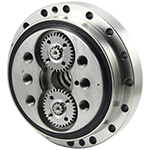
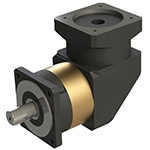
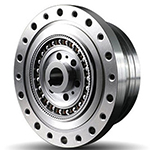
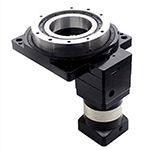
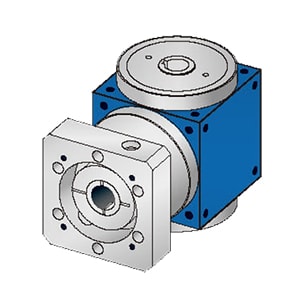
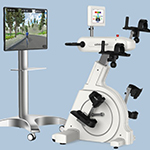
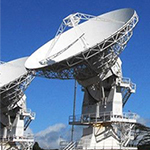
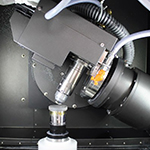
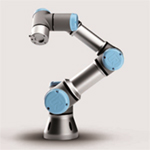
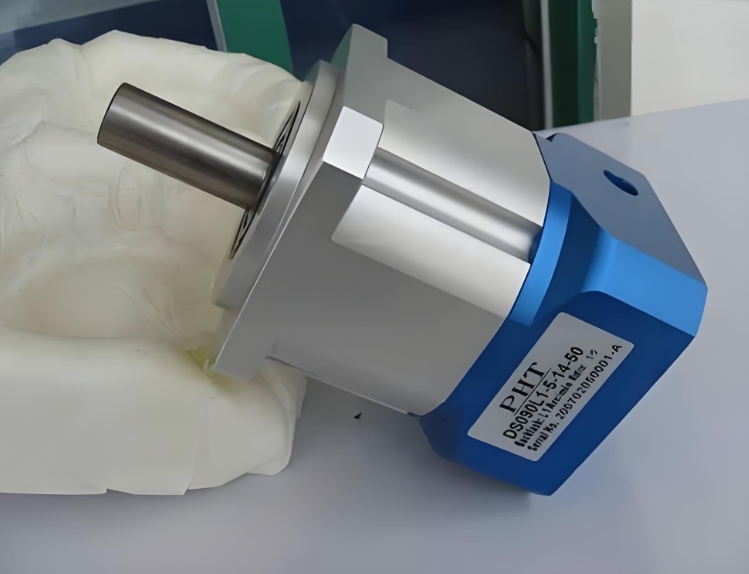
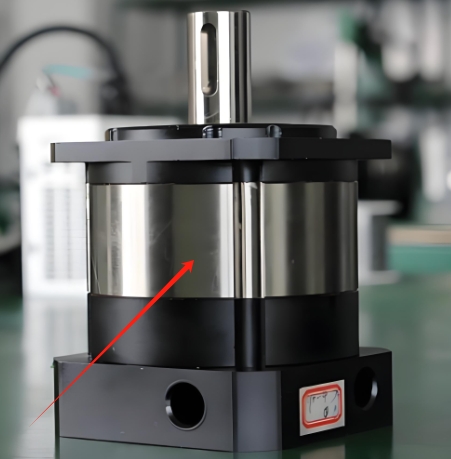
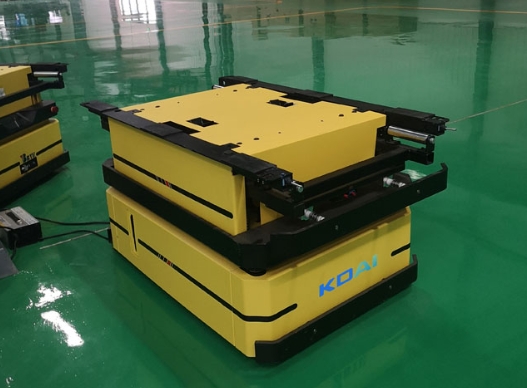
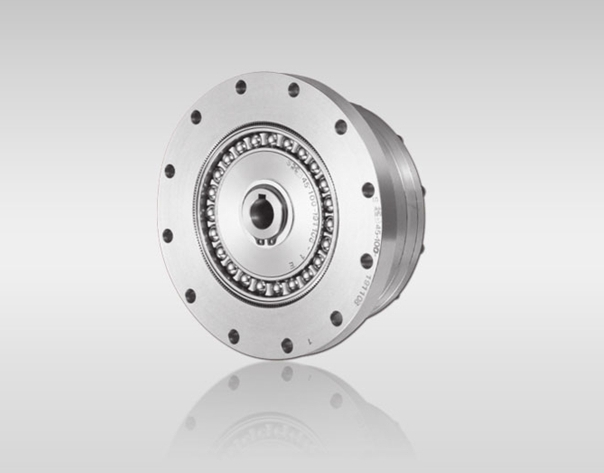
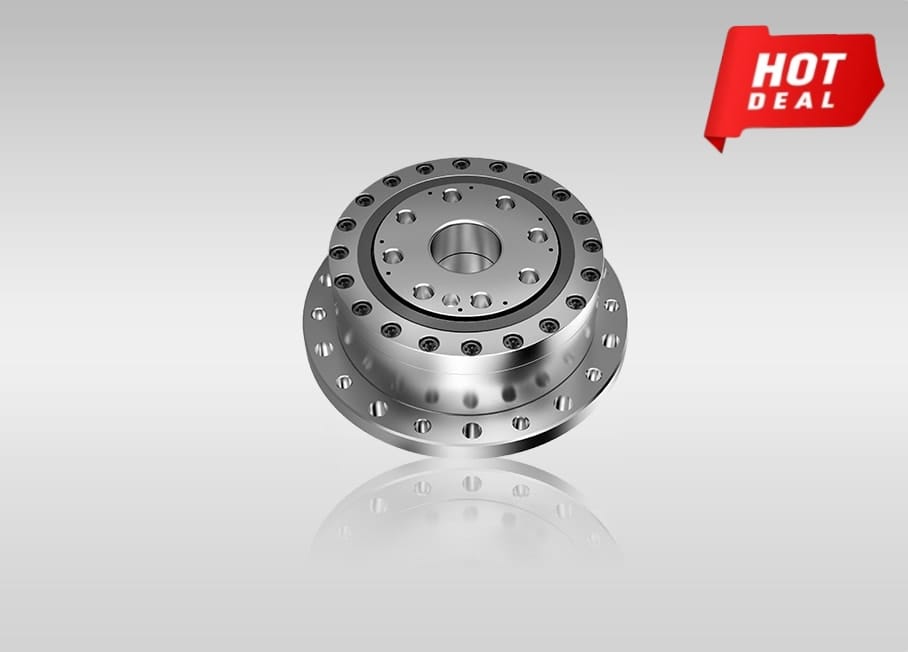
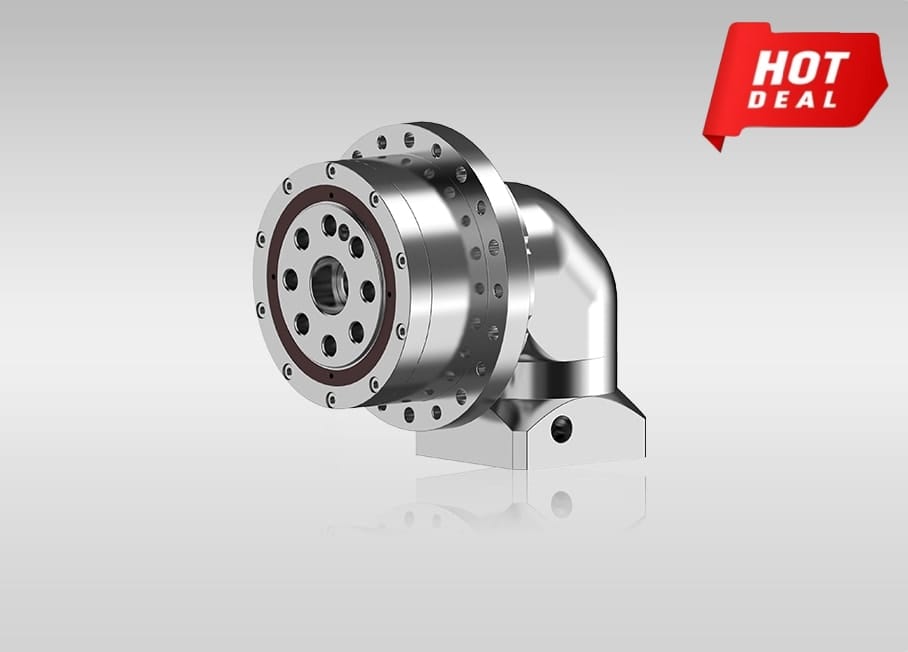
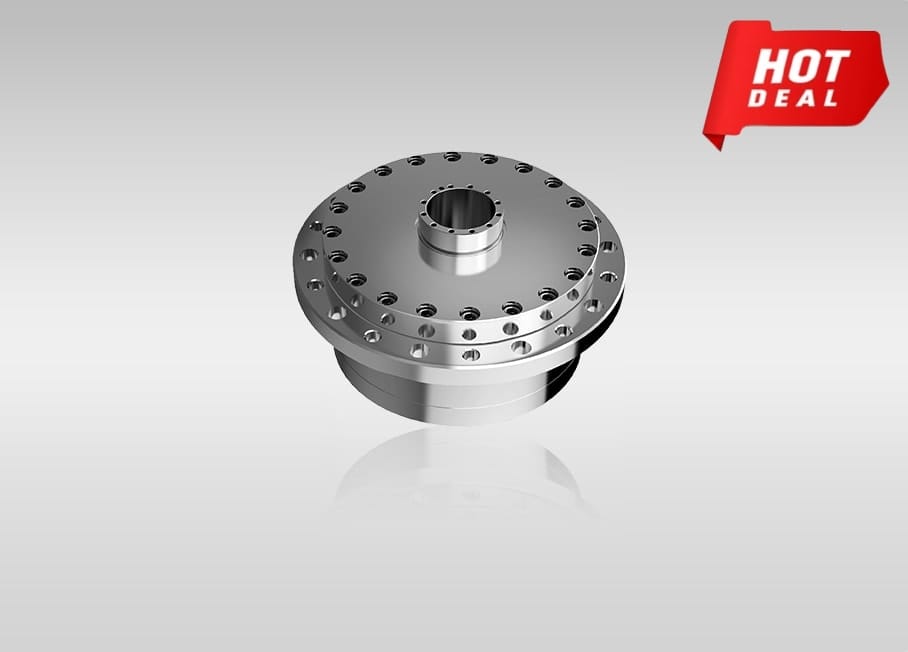
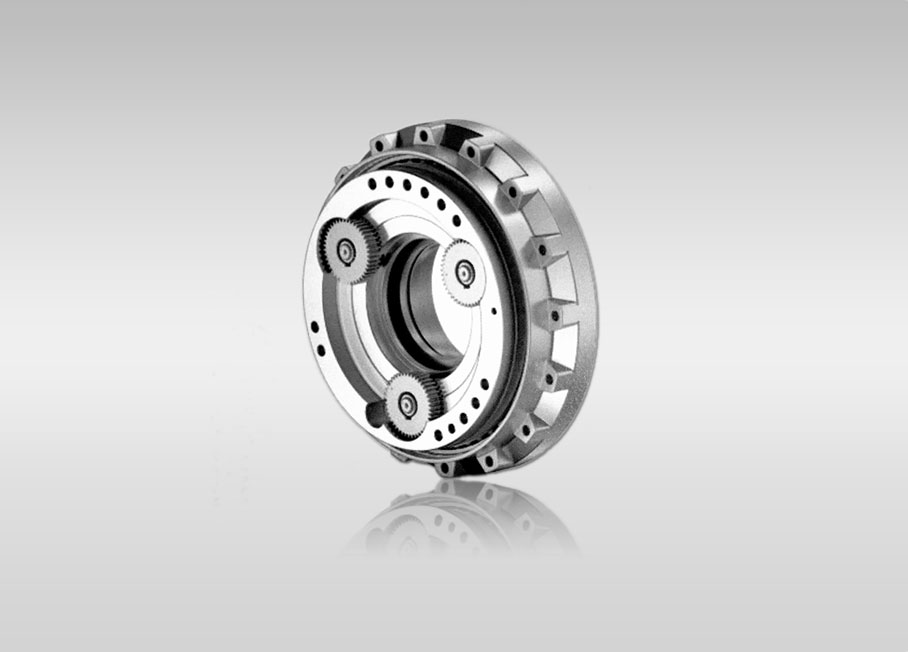
Quote Now